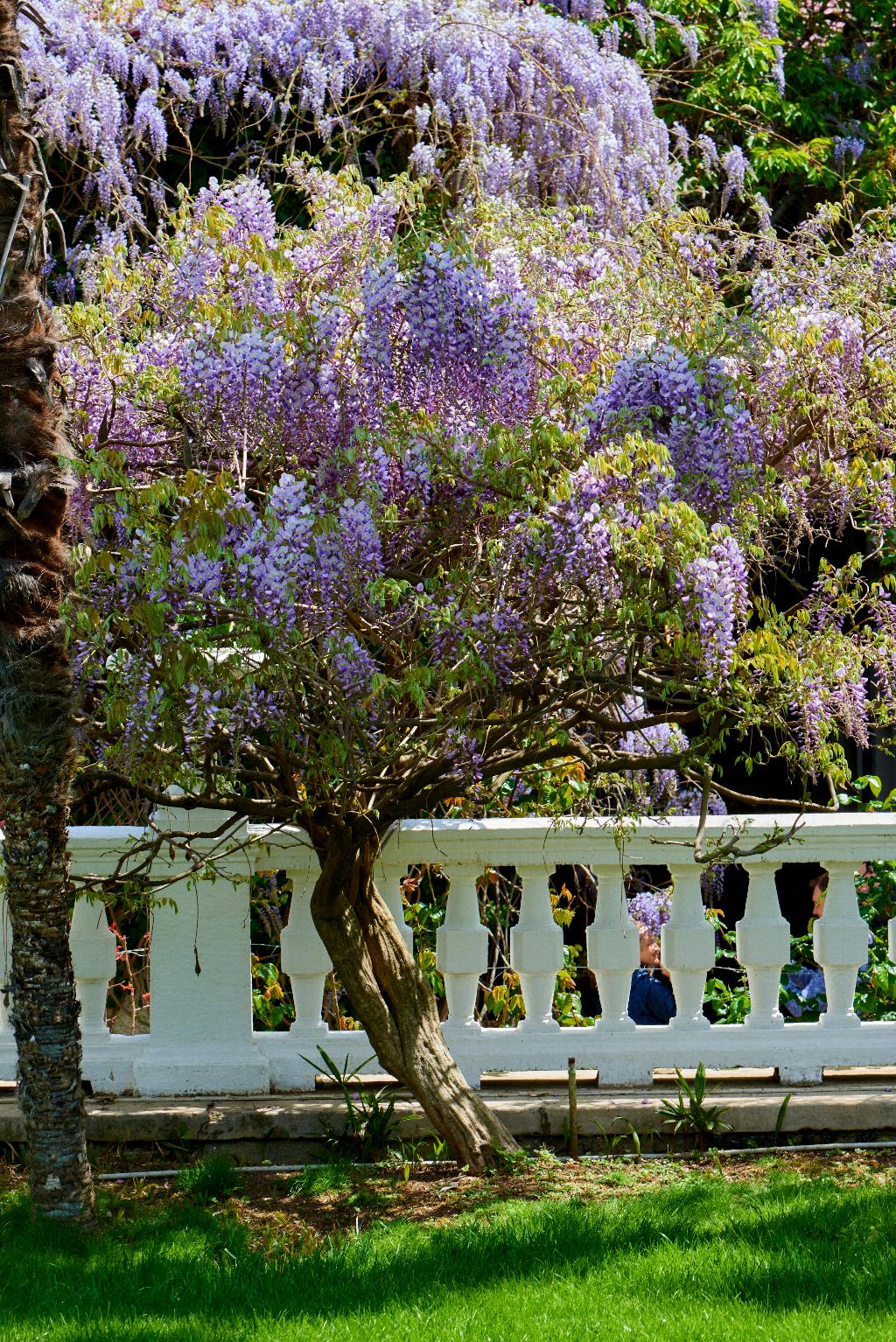Pruning your wisteria is a crucial task that impacts the overall health and appearance of your beloved plant. By following a regular pruning schedule, you can ensure that your wisteria remains vigorous and vibrant throughout the year.
One of the key moments to prune your wisteria is after its blooming period in summer. Typically, this first pruning session occurs in the months of July or August. This post-flowering prune allows you to shape the plant and remove any excess growth that may have occurred during the growing season.
As your wisteria enters its dormant phase in winter, another pruning session becomes necessary. The ideal timing for the second prune is in January or February when the plant is not actively growing. This dormant prune helps control the size of the wisteria and encourages healthy growth in the upcoming season.
During the summer prune, focus on cutting back the long, whippy green shoots to around five or six leaves from the main framework of the plant. This process helps maintain a tidy appearance and prevents the wisteria from becoming too unruly.
When engaging in the winter prune, concentrate on shortening the same green shoots even further, reducing them to just two or three buds. By executing this careful trimming, you enable the wisteria to concentrate its energy on producing robust blooms when spring arrives.
While pruning your wisteria, remember to inspect the plant for any diseased or damaged branches that should be promptly removed. This practice not only enhances the overall aesthetics of the wisteria but also promotes its long-term health and vitality.
It is advisable to use sharp secateurs for pruning to make clean cuts that aid in quicker healing and reduce the risk of introducing infections into the plant. Additionally, ensure that your tools are sanitized before and after each use to prevent the spread of pathogens.
Regular pruning is essential for controlling the size and shape of your wisteria. By adhering to the recommended pruning schedule, you can prevent the plant from becoming overgrown and maintain a manageable size that complements its surroundings.
Be mindful of the growth pattern of your wisteria and adjust your pruning techniques accordingly. Understanding how your specific plant behaves can help you tailor your pruning routine to suit its unique needs and promote optimal growth and flowering.
Pruning your wisteria might seem like a daunting task at first, but with practice and guidance, you can become proficient in maintaining this beautiful vine. The more you engage with your wisteria through pruning, the better you will understand its preferences and requirements for thriving in your garden.
Embrace the opportunity to connect with your wisteria through the act of pruning, and witness the positive impact it has on the plant’s overall health and beauty. With dedication and care, your wisteria will reward you with abundant blooms and lush foliage year after year.

